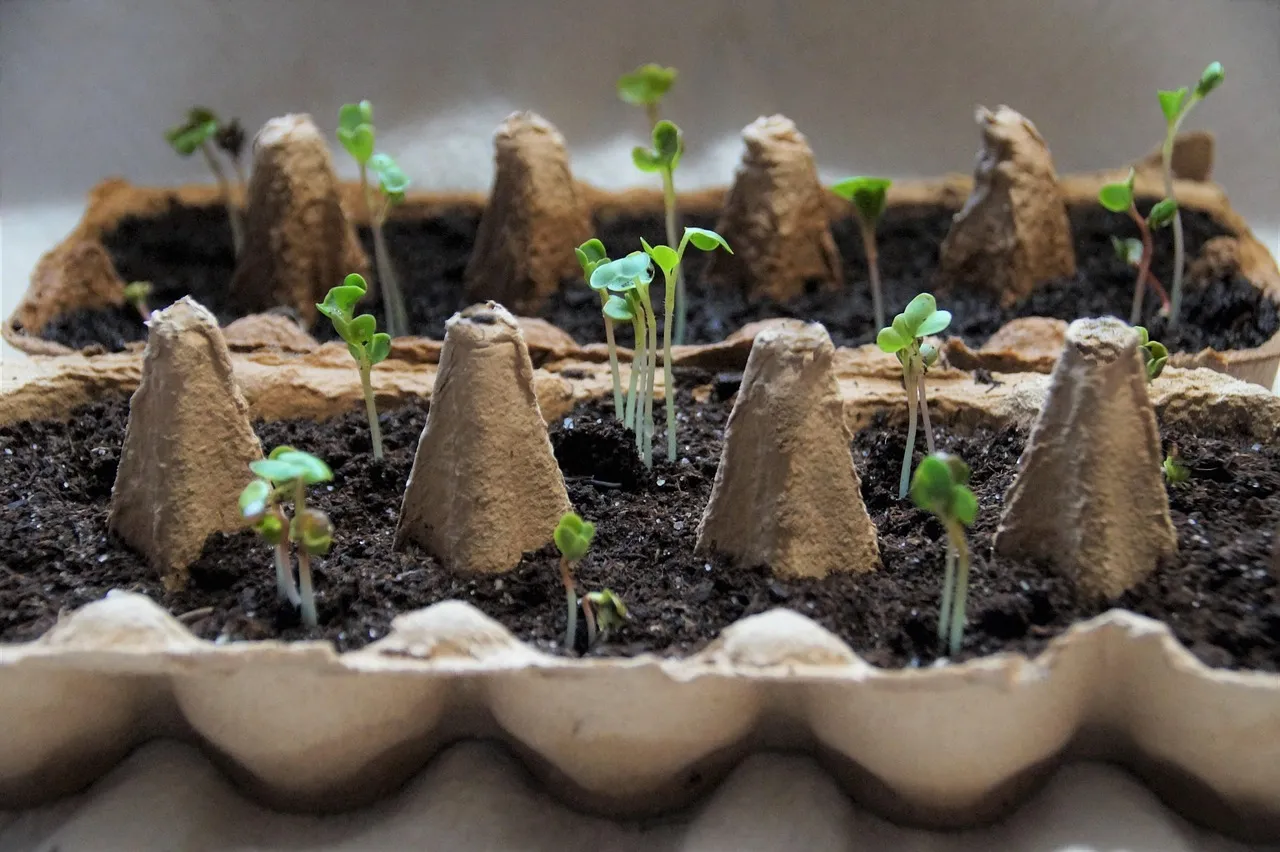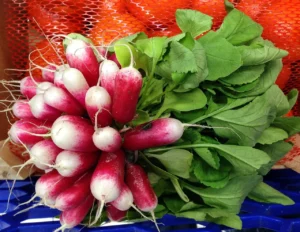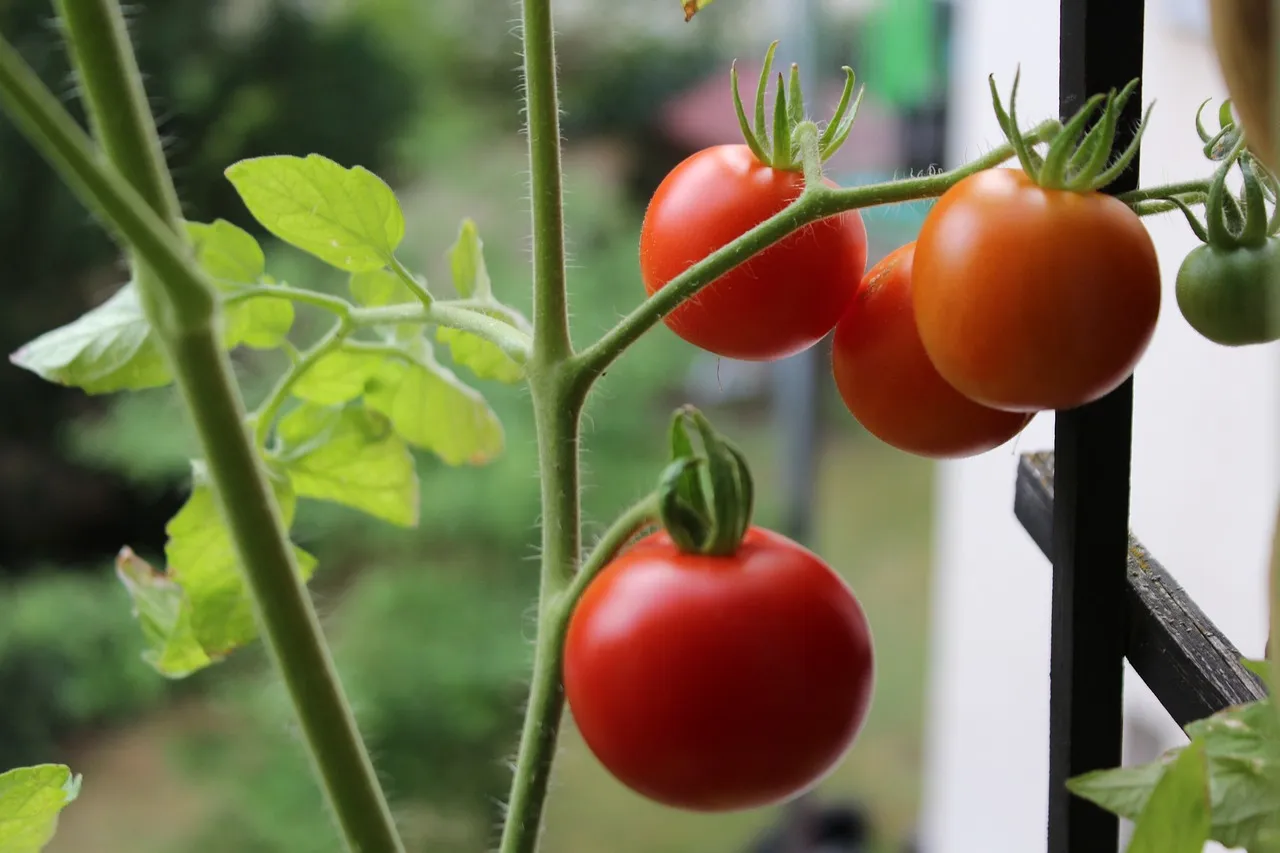What is Companion Planting?
Companion planting is an ancient gardening technique rooted in observation, tradition, and the interconnectedness of nature. It involves growing different types of plants in close proximity to one another with the goal of creating beneficial relationships. By carefully pairing certain plants together, gardeners can encourage healthier growth, naturally repel pests, enrich the soil, attract pollinators, and make better use of garden space.
This method has been practiced for thousands of years across cultures worldwide. Indigenous groups in the Americas, for example, famously used the “Three Sisters” technique — planting corn, beans, and squash together — a perfect example of companion planting where each crop supports the others in growth and health.
In a modern context, companion planting offers an eco-friendly, low-maintenance way to create a more balanced and productive garden. Instead of relying heavily on chemical fertilizers and pesticides, companion planting works with nature’s own systems, making your garden more resilient and sustainable over time.
Some plants act as natural repellents, releasing scents or chemicals that deter harmful insects. Others provide physical support for neighboring plants, like tall corn stalks supporting climbing bean vines. Certain companions also enhance soil fertility by fixing nitrogen or shading the soil to retain moisture, promoting a healthier underground environment.
Whether you’re a beginner gardener planting your first raised bed or an experienced grower looking to maximize your harvest, understanding the principles of companion planting can dramatically improve your garden’s success. By observing how plants interact and strategically designing your garden layout, you’ll cultivate not just individual plants, but a thriving, interdependent ecosystem.
In this comprehensive companion planting guide, we’ll dive deep into:
- The best companion plants for vegetables, herbs, and flowers
- Proven plant combinations that promote growth and repel pests
- A free companion planting chart to help you plan your garden easily
- Simple tips for beginners to get started with confidence
Whether you’re hoping for healthier crops, fewer pests, or a more beautiful and efficient garden, companion planting is a timeless, powerful tool that every gardener should know.

Why Companion Planting Works: Nature’s Secret to Thriving Gardens
Plants, much like people, form complex relationships with their neighbors — some are nurturing and supportive, while others are competitive and even hostile. Companion planting taps into these natural relationships, carefully pairing plants that benefit one another to create a more harmonious and productive garden environment.
By mimicking the dynamics of wild plant communities, companion planting allows gardeners to work with nature, rather than against it. Here’s why companion planting is such a powerful tool for building a thriving, resilient garden:
1. Repels Harmful Pests — Naturally and Safely
One of the most significant advantages of companion planting is its ability to deter pests without resorting to chemical pesticides. Certain plants emit fragrances, release chemical compounds, or simply provide a physical barrier that confuses or repels pests.
- Example: Planting marigolds among vegetables helps deter nematodes, aphids, and whiteflies.
- Example: Basil planted alongside tomatoes can keep tomato hornworms at bay with its strong aroma.
By strategically positioning pest-repelling plants throughout the garden, you can create a natural line of defense, reducing pest problems and protecting your crops in a healthy, eco-friendly way.
2. Attracts Beneficial Insects to Your Garden
In addition to driving away harmful bugs, companion planting can also invite beneficial insects that play crucial roles in the garden ecosystem. Pollinators like bees, butterflies, and hoverflies help fertilize fruits and vegetables, ensuring a bountiful harvest. Meanwhile, predatory insects like ladybugs and lacewings prey on destructive pests like aphids.
- Example: Flowers like nasturtiums, alyssum, and calendula planted among vegetable crops attract pollinators and predator insects, naturally keeping pest populations under control.
By creating a welcoming environment for these beneficial allies, your garden becomes more self-sustaining and biologically diverse.
3. Enhances Soil Fertility Through Natural Collaboration
Some plants improve the soil around them, making it richer and healthier for neighboring plants.
- Legumes (like beans and peas) have the remarkable ability to fix nitrogen from the atmosphere into the soil, providing essential nutrients for leafy crops like lettuce and spinach.
- Deep-rooted plants like comfrey or daikon radish can break up compacted soil and draw up minerals from deep layers, making nutrients more accessible to shallow-rooted neighbors.
This natural nutrient cycling reduces the need for synthetic fertilizers and helps maintain healthy, living soil — the foundation of every successful garden.
4. Maximizes Space — Ideal for Small Gardens and Raised Beds
Companion planting is a smart strategy for gardeners who want to make the most of limited space.
By growing plants that complement each other in terms of size, root depth, and growth habit, you can layer crops vertically and horizontally, efficiently filling every inch of your garden.
- Example: Tall plants like corn can provide shade or structural support for climbing beans, while sprawling crops like squash cover the ground, suppressing weeds and retaining moisture.
- Example: Fast-growing crops like radishes can be interplanted between slower-growing plants like carrots, utilizing soil space effectively.
This efficient use of space not only boosts productivity but also helps with weed suppression and microclimate regulation within the garden bed.
5. Boosts Crop Yield and Improves the Flavor of Fruits and Vegetables
Believe it or not, companion planting can even enhance the taste and increase the yield of your crops. Certain companion plants are believed to influence the biochemical processes of nearby plants, resulting in richer flavors and better overall plant health.
- Example: Tomatoes grown near basil often develop sweeter, more aromatic fruits.
- Example: Onions planted near carrots not only repel carrot flies but also contribute to better carrot flavor.
A diverse, well-planned garden with strong companion pairings produces more abundant, more flavorful, and higher-quality harvests — a true reward for thoughtful garden design.

Best Companion Plants: Winning Plant Partnerships
Here’s a closer look at some time-tested companion planting combinations:
1. Tomatoes + Basil + Marigolds

- Why they work: Basil repels tomato hornworms, enhances tomato flavor, and improves growth. Marigolds deter nematodes and aphids.
- Bonus tip: Avoid planting tomatoes near cabbage or corn.
2. Carrots + Onions
- Why they work: Onions repel carrot flies; carrots don’t compete with onions for nutrients.
3. Corn + Beans + Squash (The “Three Sisters”)
- Why they work: Corn provides a natural trellis for climbing beans. Beans fix nitrogen in the soil. Squash spreads on the ground, suppressing weeds and retaining soil moisture.
4. Cucumbers + Nasturtiums
- Why they work: Nasturtiums act as a natural trap crop, luring aphids and cucumber beetles away from cucumbers.
5. Lettuce + Radishes + Strawberries

- Why they work: Radishes grow quickly and help break up the soil for slower-growing lettuce. Strawberries protect the ground, reducing moisture loss.
Plants to Keep Apart: Bad Neighbors
Just as some plants thrive together, others can hinder each other’s growth. A few combinations to avoid:
| Plant 1 | Plant 2 | Problem |
| Beans | Onions, Garlic | Inhibit bean growth |
| Tomatoes | Potatoes | Increased risk of blight |
| Carrots | Dill | Dill stunts carrot development |
| Cucumbers | Sage | Sage can stunt cucumber growth |
Companion Planting Chart: Quick Reference Guide
| Vegetable | Good Companions | Bad Companions |
| Tomatoes | Basil, Marigold, Borage | Corn, Cabbage |
| Carrots | Onions, Peas, Lettuce | Dill |
| Beans | Corn, Radish, Cucumber | Onion, Garlic |
| Cabbage | Dill, Onion, Potato | Tomato, Strawberry |
| Cucumbers | Radish, Nasturtium, Sunflower | Sage |
Companion Planting for Beginners: 5 Easy Tips to Start
- Start small: Choose 3–5 easy plant pairings to test in your garden.
- Use interplanting: Mix compatible plants within the same bed instead of growing rows of a single crop.
- Mind plant spacing: Companion plants still need room to breathe and grow.
- Rotate crops yearly: Prevent disease build-up by changing companion pairs seasonally.
- Observe and adapt: Your garden is a living experiment — notice what thrives together!
Advanced Techniques: Companion Planting Beyond Vegetables
Did you know you can companion plant herbs, flowers, and even fruit trees?
- Herbs like chives, dill, and mint naturally repel pests.
- Flowers like nasturtiums, calendula, and marigolds attract beneficial insects and add vibrant beauty.
- Fruit trees benefit from understory plants like comfrey, clover, and garlic that suppress weeds and improve soil health.

Conclusion: Plan Smart, Grow Better
Companion planting is more than just a gardening technique — it’s a beautiful blend of science, observation, and a touch of garden magic. It teaches us to work with nature rather than against it, creating spaces where plants, insects, and soil life thrive together in harmony. Through companion planting, we can encourage healthier crops, reduce pest problems naturally, enrich the soil, and enjoy bountiful harvests without relying heavily on synthetic chemicals.
It’s also an art that deepens with experience. As you spend more time in your garden, you’ll notice subtle patterns — which plants love each other’s company, which combinations bring more bees, and which partnerships create the tastiest vegetables. Every season becomes a chance to learn, experiment, and refine your skills.
With this ultimate companion planting guide in hand, you’re ready to take the first step toward a smarter, more sustainable way of gardening. By planning thoughtfully, choosing your plant partners wisely, and observing the natural rhythms of your garden, you can cultivate a flourishing, resilient ecosystem right outside your door.
So grab your seeds, sketch out your beds, and start planting your garden allies. Nature is ready to meet you halfway — and the results will be nothing short of magical.
Frequently Asked Questions (FAQs)
What is the best companion plant for tomatoes?
Basil is one of the best companion plants for tomatoes, improving flavor and repelling pests.
Can companion planting reduce pests?
Yes! Strategic planting deters common pests naturally without chemicals.
Is companion planting good for small gardens?
Absolutely. Companion planting maximizes space and improves yields, making it ideal for small backyard gardens and raised beds.
